Continuing the intermittent Travel Privilege Tuesday series, I want to take a look at the U.S. credit card rewards system. With cards offering sign-up bonuses of 50,000 points, or even 100,000 points, someone is putting a lot of value on the table for new cardholders, whether it be the bank or airline. You can currently still pick up a Citi Premier card with a $0 annual fee and a welcome offer of 60,000 ThankYou Points when you meet the spend requirement. This is an easy $750 in your pocket toward travel.
You might think that this is the norm around the world. But as it turns out, the United State is unique when it comes to the high value offered in their credit cards rewards programs. If you take a moment to look at what issuers offer abroad, you might actually be appalled.
Case Study: British Airways Visa Cards
The British Airways Signature Visa Card issued by Chase is one of those cards that perennially offers an excellent sign-up bonus, at least in the sheer number of miles. If the 100,000 Avios offer isn’t currently available, you usually don’t have to wait long. The spend is high ($20,000), but you can’t beat points worth 4 round-trip flights to Hawaii.
Even the other IAG airline credit cards issued by Chase have similar bonuses. The Iberia Visa offers 100,000 Avios, as does the Aer Lingus Visa. All essentially have the same bonus structure. It’s a points bonanza!
However, if you look abroad at the Avios-earning cards in the UK, you’ll notice a stark contrast. The British Airways American Express cards issued in the UK have much lower bonuses, offering just 25,000 Avios and 5,000 Avios between the two products. Not to mention the more premium card carries an annual fee of £195!!
This wouldn’t even turn my head here in the U.S. The fee nearly negates the bonus Avios.
Likewise for Cathay Pacific credit cards in the U.S. and abroad. The Asia Miles Visa offered by Synchrony Bank in the U.S. has seen offers varying between 40,000 and 60,000 Asia Miles with an annual fee of $95 USD. The American Express Cathay Pacific Credit Card in Hong Kong admittedly has a huge bonus, but a really odd structure for earning it. You have to spend in Hong Kong and abroad, and the total spend is approximately $26,500 USD. The annual fee is also $230 after the first year.
Across the board (with maybe the exception of the Hong Kong Asia Miles card above), credit cards in foreign countries come with smaller sign-up bonuses and/or much higher fees. The banks are simply not as willing to dangle a juicy bonus in front of a consumer, hoping they’ll sign up. But why is this?
Interchange: The Reason Behind Rich U.S. Credit Card Rewards
The biggest reason sign-up bonuses are so rich here in the U.S. is that credit card issuers expect to make up the difference in interchange fees and/or things like interest, late fees, etc. But interchange is the main thing. Here in the United States, interchange rates can be somewhere in the neighborhood of 3% of the transaction. This is the fee the merchant pays when you swipe your card to pay them.
Interchange fees are collect by the bank, some of which are payable to the card network, and some of which fund the reward program. The 3% fee is used by the bank to buy the airline miles (at a steep discount) from the airline that you are awarded at the end of every statement period.
Here’s the kicker: interchange in foreign countries is much, much lower than interchange in the U.S. in most cases. In Europe, Interchange fees on credit cards are capped at just 0.3% for personal cards and less than 2% for most business cards. I’m amazed that banks can even offer rewards programs with fees so low. The high annual fees are no surprise, as they need to recoup the cost of the rewards. There’s no margin in the interchange fee.
Credit card interchange in Australia and New Zealand is similar. Welcome offers and earning rates for many products are garbage.
Other Factors Behind U.S. Credit Card Rewards Bonuses
I will also argue that U.S. consumer culture drives a lot of credit card rewards. There is a lot of instant gratification in an immediate sign-up bonus. You just have to be savvy enough to know how to “play the game” and not be one of those people who ends up carrying debt and paying the bank for your points.
Americans are also more willing than people from other cultures to carry a lot of debt. It’s a definite downside of living here. The average American has $38,000 in debt, excluding mortgages. While we may have a privilege when it comes to credit card rewards, you must be financially savvy to really take advantage of them and come out ahead. Statistics still show that many Americans end up in over their heads with credit cards. A card should be a tool. Not shackles.
Conclusion
The U.S. is a unique credit card rewards environment. It’s rare for other countries to offer such rich perks and rewards on their credit card products. I’ve been so blessed to be able to take advantage of the system here to be able to travel the world. We wouldn’t have been able to do half of what we’ve done if not for easily accessible credit card rewards.
Remember this when you go to apply for your next card. Award travel enthusiasts outside the U.S. don’t have it nearly so easy.
Other posts in the Travel Privilege Tuesday series:
- Why Native English Speakers Have it Easy
- Impressively Affordable International Travel
- The Power of Your Passport

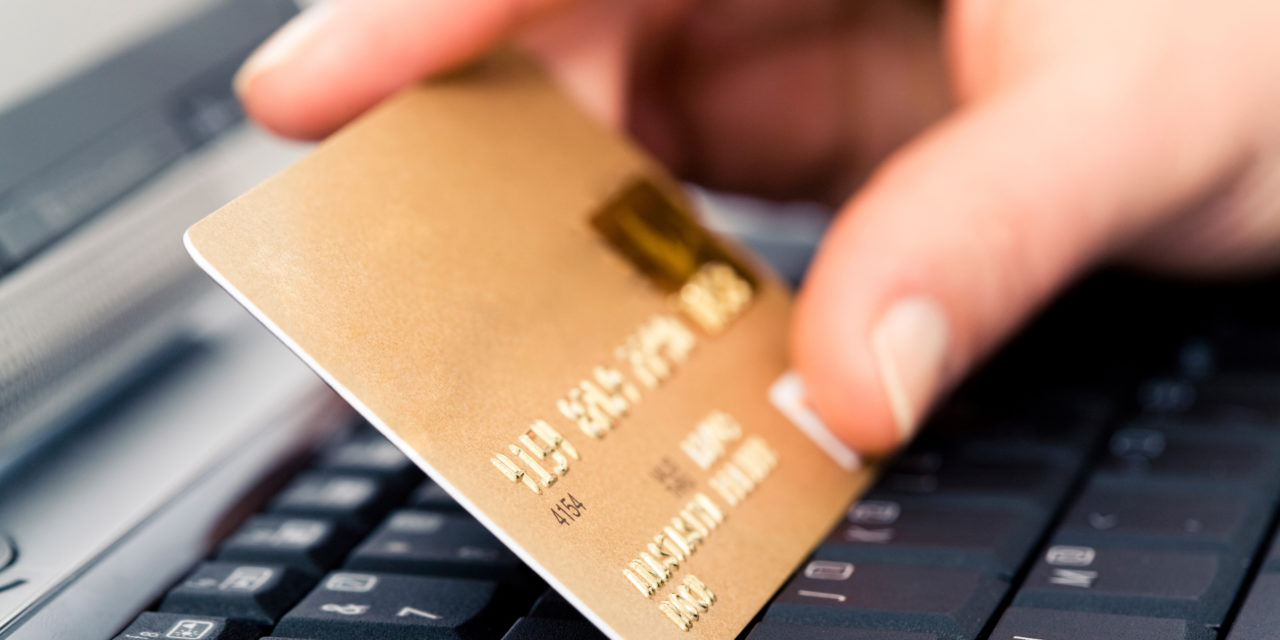
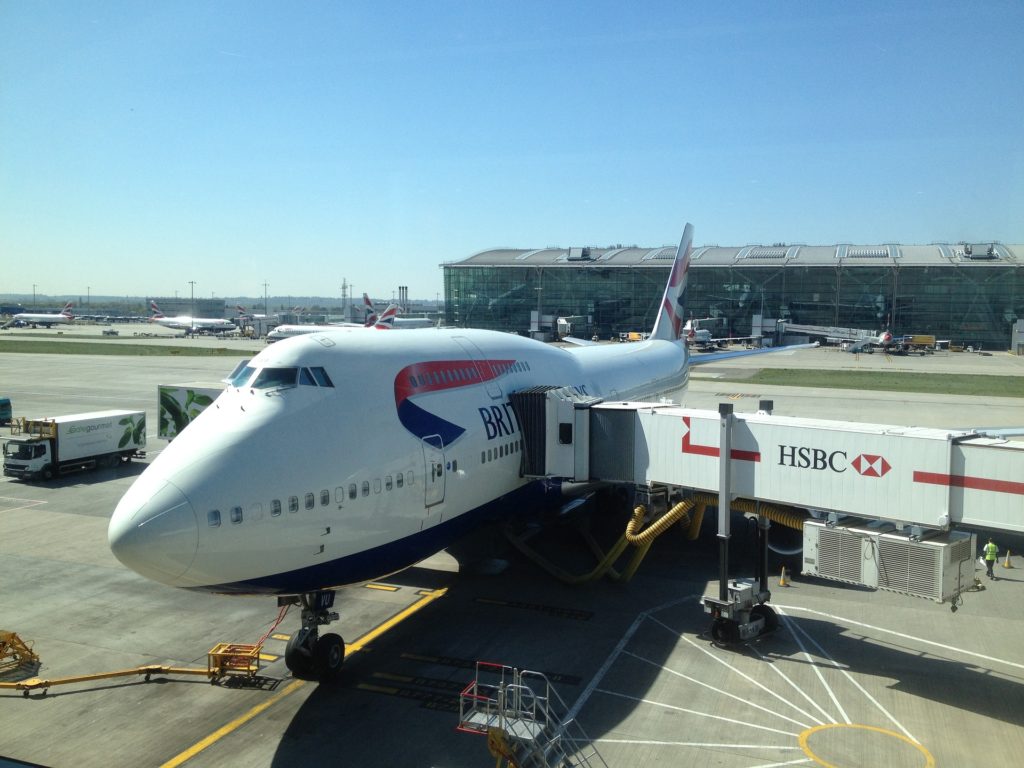
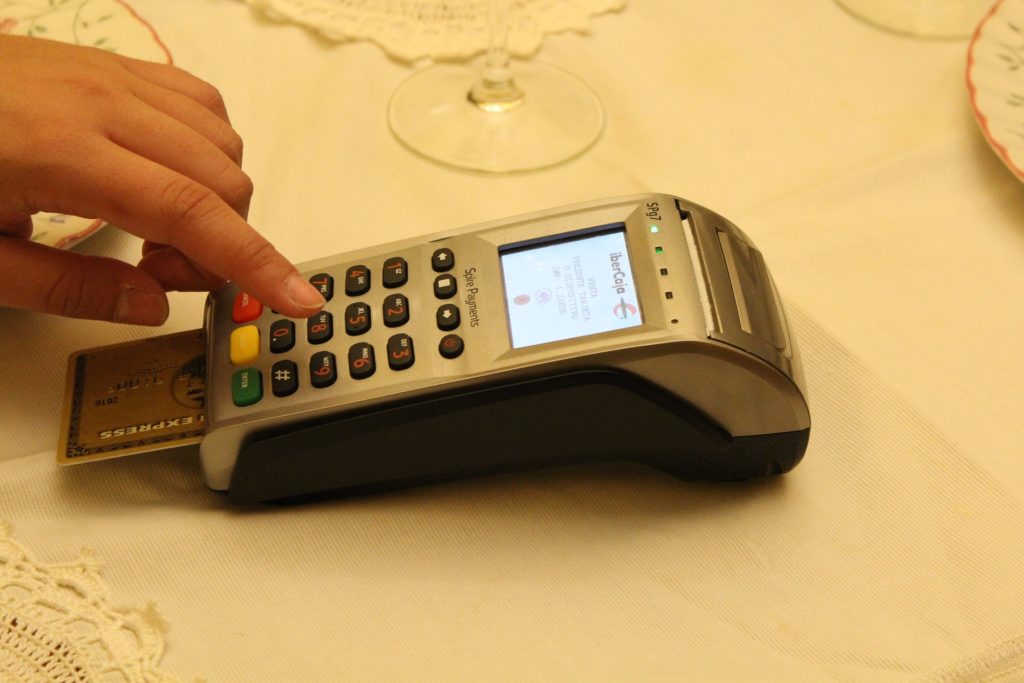
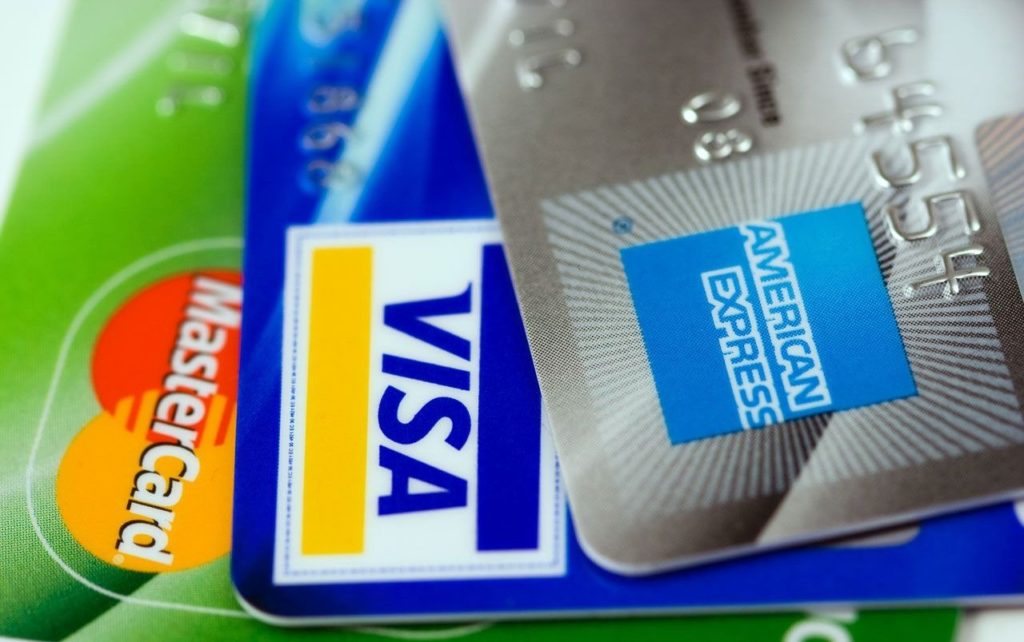


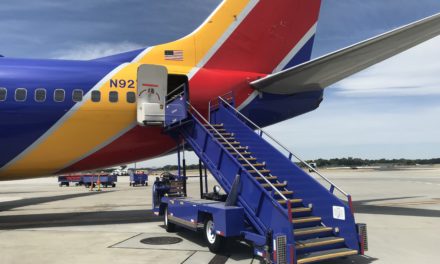
Personally I’ve noticed some of these difference when I was looking into applying for Amex.
I’m not going into all the card perks, but just sticking with point earn differences… The US Amex Gold had the 50k MR bonus and the standard 4x/3x MR per dollar bonus categories with a $250 AF. The Amex Japan Gold had a 30k MR bonus, 1 MR per 100jpy, some payments are 1 MR per 200jpy, and a 29kjpy AF.
Yeah, that’s a similar annual fee, but nowhere near the same earning rate. At least the bonus is higher than what I’d read Japanese credit cards generally offer.
Dupe.
“The average American has $38,000 in debt, including mortgages.” It should be EXCLUDING mortgages.
Thanks, Dom! Glad you caught that. That’s what I’d understood and intended…no idea why I wrote the opposite!
[…] Richness of U.S. Credit Card Rewards: Family Flys Free has a great post that explains how different credit card rewards are in the US compared to other countries. We […]
Nice article about something I’d always low key wondered about but never been so curious as to research it! Thanks for that!
Thanks for reading, Trent!